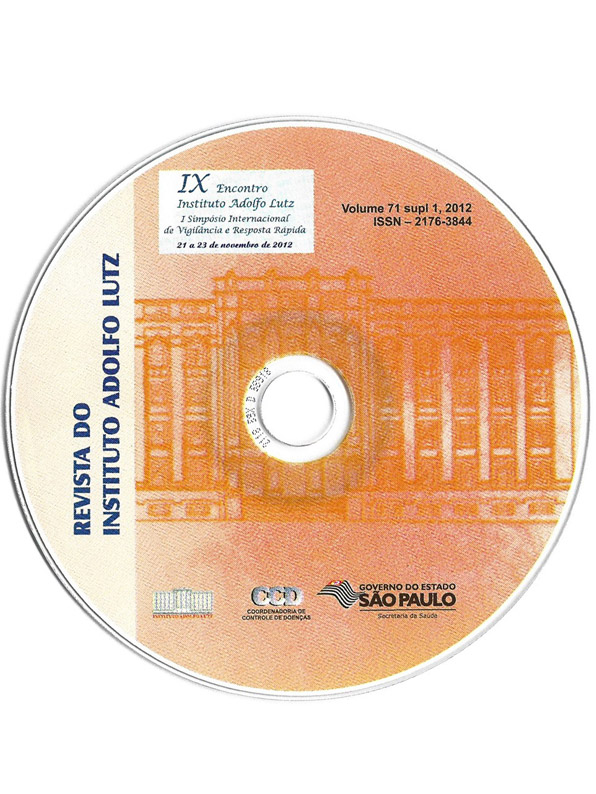Resumen
Quality management systems should cover all the steps involved in the overall testing and non-testingprocesses. The extranalytic phases are important components of total laboratory quality. Cholinesterase testing plays a key role to detect and diagnose organophosphate pesticide exposure and/or poisoning. It may also be used to monitor those who may be at increased risk of exposure to organophosphate compounds orthose who are being treated for exposure. Our aim was to identify quality indicators for extranalytical problems in acetylcholinesterase analysis at the Hematology Laboratory of Instituto Adolfo Lutz. We analised our data base from 2009 to 2012, looking for extranalytical problems that could affect the analysis results. Within this period, we received 4.839 blood samples from workers originated from SUCEN, Zoonosis Center and Sanitary and Epidemiological Surveillance, to perform acetylcholinesterase analysis.Corroborating the literature, as preanalytical errors, we could identify the presence of hemolysis (0,09%) and coagulation (0,01%) in our samples, while less than 0,01% of these samples were lipaemic. The only kind of postanalytical error found was laboratory reporting errors (0,01%). Although much attention is given to quality control of the analytical phase, preanalytical factors are an important source of variation inclinical chemistry analysis, and hemolysis was described as the largest variability determinant, exerting astrong in?uence on laboratory result reliability. These extranalytical indicators constitute a preliminary basis for comparison of individual laboratory performance with the purpose of improving laboratory quality. It isvery important to identify these indicators and implement corrective actions, minimizing such errors toensure quality.

Esta obra está bajo una licencia internacional Creative Commons Atribución 4.0.
Derechos de autor 2012 Revista del Instituto Adolfo Lutz
